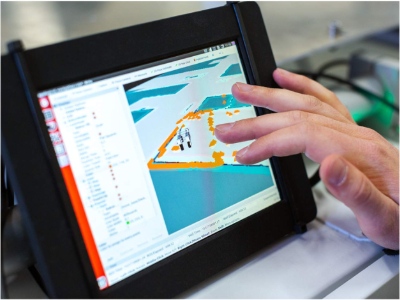This module introduces a number of reporting tools, including the ‘Partners Reporting Tool’ and BMS Code Violations Tracking Tool.
Learning objectives
By the end of this module, you will be able to:
- List the steps in how to create or adapt a Partner Reporting Tool;
- Identify the key elements of best practice in the reporting phase; and
- Explain what the BMS code violations tracking tool is used for.
Audience
This module is an introductory-level course aimed at anyone who is interested in developing skills and knowledge in nutrition cluster coordination and information management in humanitarian contexts, and who needs to engage with humanitarian architecture on this topic. It is part of the recommended learning path for sub-national nutrition cluster coordinators and IMOs aiming to progress to national-level roles.
Length
It should take you about 70 minutes to complete this self-paced course.
Methodology
This course is composed of a single short self-paced animated module, including various examples and activities.
Structure
Introduction
Lesson 1: The Partners Reporting Tool
25 min
Lesson 2: Reporting Elements
5 mins
Lesson 3: Reporting – Best Practice
15 mins
Lesson 4: BMS Code Violations Tracking Tool
15 mins
Lesson 5: Systems for Data Collection
10 mins
Summary
Contact details
For technical issues, you can contact https://www.nutritioncluster.net/Ask_question
